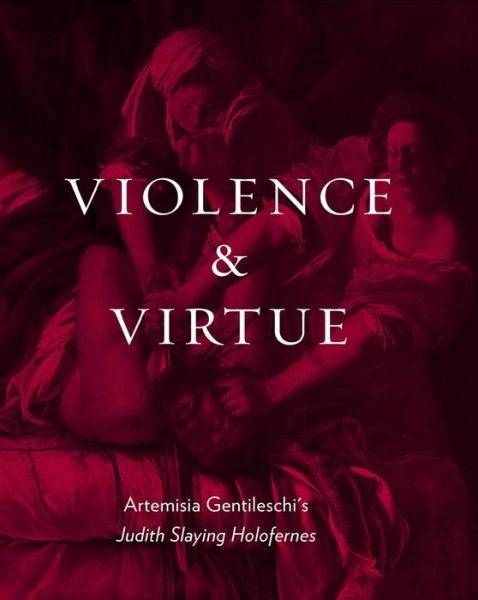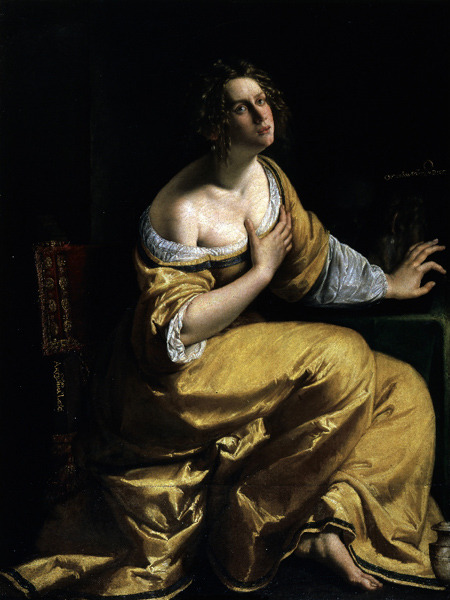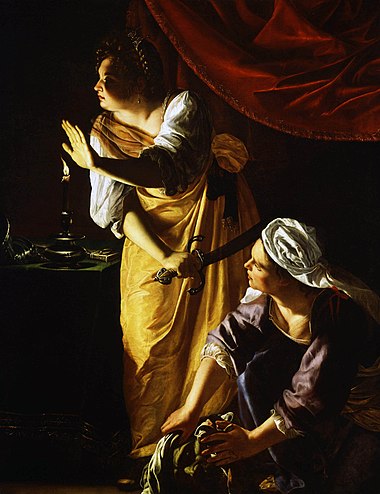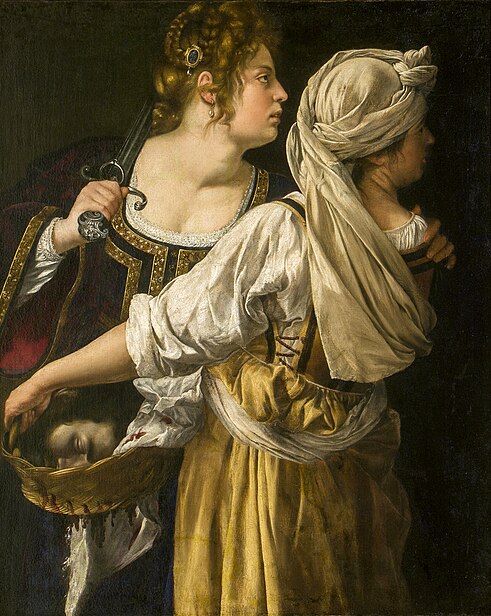An exceptional loan from the Uffizi Gallery in Florence, Artemisia Gentileschi’s shocking Judith Slaying Holofernes (c. 1620), comes to the Art Institute of Chicago as the centerpiece of Violence and Virtue: Artemisia Gentileschi’s Judith Slaying Holofernes, on view from October 17, 2013 through January 9, 2014. The rare loan from Florence was organized with the Foundation for Italian Art and Culture (FIAC) and coincides with the celebration of the Year of Italian Culture in the United States.

Image: Artemisia Gentileschi. Judith Slaying Holofernes, c. 1620. Galleria degli Uffizi, Florence, inv. 1567.
The exhibition draws on the rich holdings of the Art Institute and on private collections in Chicago, putting Artemisia Gentileschi’s extraordinary work together with paintings, objects, and works on paper by such artists as Lucas Cranach, Jan Sanders van Hemessen, Jacopo de’ Barbari, and Felice Ficherelli, thereby enhancing this rare presentation of this truly pioneering and compelling artist.
Renowned for her skill in her own day, Artemisia is famous today as a bold and courageous woman who made her own powerful statement as a painter. Among the first women artists to achieve success in the 17th century, she brought to her work an electric sense of narrative drama and a unique perspective that both celebrated and humanized strong women characters.
Rediscovered by feminist art historians in the past few decades, Gentileschi has inspired a spate of books, both scholarly and popular, and a number of films. The daughter of painter Orazio Gentileschi, Artemisia trained in her father’s workshop and quickly earned acclaim, completing her first signed painting, a dramatic yet sensitive rendering of Susanna and the Elders, when she was just 17. Her style bears some resemblance to that of her father, who was a follower of Caravaggio, but Artemisia’s paintings stand out for their theatricality—the raw emotional intensity of a few figures daringly arranged.
The younger Gentileschi’s work is also distinctive in its focus on powerful heroines, capturing both their vulnerability and strength, a feature many attribute to events in Gentileschi’s own life. While still 17, she was raped by one of her father’s colleagues, Agostino Tassi. He was convicted in a trial a year later after Artemisia was tortured to “confirm” her testimony, but Tassi was never punished. Within months of the conclusion of the trial, Artemisia was quickly married and moved to Florence with her new husband.
Contemporary critics have often interpreted the brutal depiction in Judith Slaying Holofernes as a painted revenge for the rape. The story of the biblical heroine Judith, who saved the Jewish people from an invading army sent by King Nebuchadnezzar, has received an extraordinary range of interpretations over the centuries, emphasizing justice, seduction, or civic and personal virtue. Gentileschi chose to paint the biblical story’s gruesome climax, producing a picture that is nothing short of terrifying. As the heroine decapitates the enemy general Holofernes, her brow is furrowed in concentration, her forearms are tensed, and blood spurts from her victim’s neck. The startling naturalism of the scene owes much to the influence of Caravaggio; Artemisia followed his technique of painting directly from life and employing sharp contrasts of light and dark. The power of the scene, however, is all her own, and the painting endures as a masterpiece of Baroque art.
Violence and Virtue: Artemisia Gentileschi’s “Judith Slaying Holofernes” is organized by the Art Institute of Chicago in collaboration with the Foundation for Italian Art and Culture.

The presentation is accompanied by a richly illustrated catalogue written by Eve Straussman-Pflanzer, former Patrick G. and Shirley W. Ryan Associate Curator of European Painting and Sculpture before 1750 at the Art Institute, now Assistant Director of Curatorial Affairs/Senior Curator of Collections at the Davis Museum at Wellesley College, Wellesley, Massachusetts. The catalogue features 19 color illustrations and provides insights into the creation of the extraordinary painting in Florence around 1620. The catalogue is published by the Art Institute of Chicago and distributed by Yale University Press.
More images by Artemisia Gentileschi:

Conversion of the Magdalene

Judith and Her Maidservant, Detroit Institute of Arts

earlier Judith and Her Maidservant from Florence